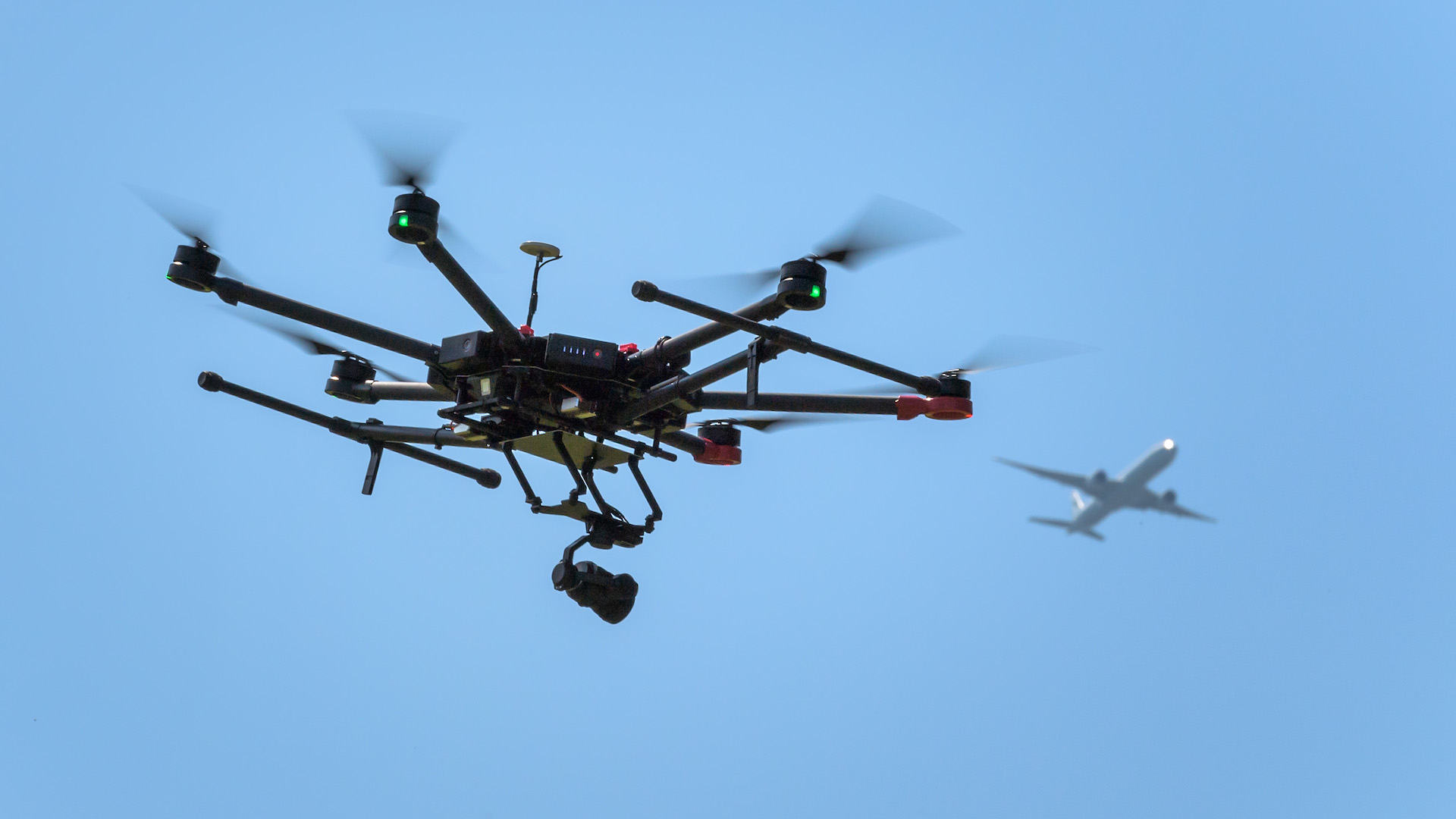

The Cape May County Airport in New Jersey announced Tuesday it received a $3 million federal grant to bolster the region’s unmanned aerial systems industry. The funding is for a 20,000-square-foot building intended to serve as a drone center for UAS testing and development by participating drone businesses, according to the U.S. Economic Development Administration (EDA) press release.
U.S. Secretary of Commerce Wilbur Ross said the EDA’s funding will help build the facility and ensure that each participating drone business is provided with 5,000 square feet of space that includes manufacturing and office areas. Located within the airport, estimates by grantees expect the facility to create 130 jobs and result in $1.9 million in private investments.
“President Trump and the entire Trump administration are working diligently to empower innovators who help fuel job creation in communities across the nation,” said Ross. “This project will allow businesses in one of our most advanced sectors with the tools they need to grow and thrive.”
The few times we’ve reported on unmanned aerial systems and the state of New Jersey they were comprised of a drunk droning bill, AT&T testing 4G LTE (fourth-generation Long Term Evolution technology) drones in partnership with Verizon, and the Growtopia farm using an herbicide-spraying drone to maximize yields. For U.S. Rep. Frank LoBiondo (R-NJ), this multi-million dollar federal investment in the state’s UAS industry is extremely promising, for both the local job market and the future of the United States as a leader in the drone industry as a whole.
“From maritime and emergency response to applications in the energy and infrastructure inspection sectors, UAS operations in Cape May County continue to showcase a strong public-private partnership that benefits all parties,” said LoBiondo. “As Chairman of the House Aviation Subcommittee, I am proud to have worked closely for the past few years with county officials to create local opportunities in UAS and I applaud the Trump Administration’s support of innovation and emerging technologies that will further drive our economy forward in the 21st Century [sic].”
The UAS Integration Pilot Program was intended to serve as a symbiotic relationship between participating private corporations and governmental entities across 10 select states. The entire landscape of drone integration into national airspace has received an renewed, energetic shot to the arm. Hopefully, we’ll see positive overall results springing from this endeavor.